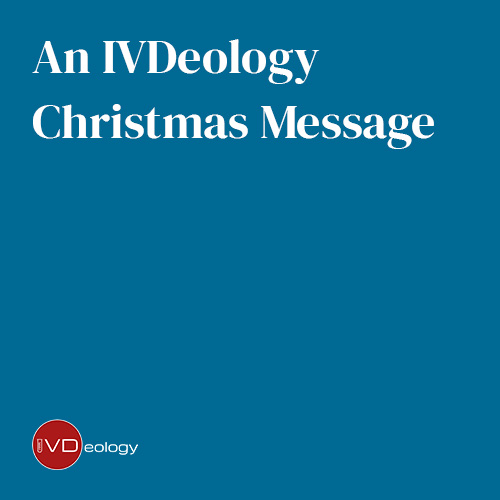

Stuart, Nancy and Jo at the BIVDA Regulatory Affairs Working Party (wearing Christmas jumpers).
As we drive towards the end of 2019, and the run up to Christmas it is a great opportunity to reflect on the year that was, and look forward to the challenges of the year to come.
IVDeology have had quite a year. Working within the IVD sector. We have worked with small start-ups and large businesses alike, we have been involved in long term projects, short term consultancy, and had the opportunity to help provide several training sessions on the impact of the IVDR.
In light of all things Christmassy, and taking inspiration from Charles Dickens who resided in Rochester, Kent, please allow us to consider the impact of the ghosts of Christmas past (Legacy products), the ghosts of Christmas present ( a reflection of the current state) and the ghosts of Christmases to come (what does next year look like)…
The Ghosts of Christmas Past (Legacy Products)
Classification: With less than half the transition period left before the full implementation of the IVDR most IVD manufacturers have made an assessment of the device classification. With no grandfathering allowed for old (legacy) products which are transitioning to the IVDR, the headache inducing task of reclassifying previously self-declared non-Annex list II devices into Class A (low risk), Class B or Class C (Med-high risk) is required. While the rules defined within Annex VIII are well laid out, there continues to be grey areas between the device classes.
Intended purpose: Part of the complication associated with device classification is that the intended use statements describing the device under, or before the IVD Directive do not always provide sufficient detail or consideration to the Intended Purpose under the IVD Regulation. Effective classification of devices is highly dependent on establishing the way the device is used within a clincial setting, including the intended user and device function.
Clinical evidence: The established (state of the art) method for generating analytical and clincial performance data when many legacy devices were originally developed does not meet the elements of current methods, typically using CLSI guidelines. The manufacturers challenge is to provide sufficient narrative to demonstrate how the original data, or other data sourced from literature reviews or performance studies for these devices continues to be a challenge.
Economic operators: Whilst the elements of economic operator responsibilities seem straight forward on first glance. The complexity of modern day supply chain has made the delineation of economic operators and responsibilities more challenging than expected. The limited real estate of the device packaging and IFU also requires careful consideration.
The ghosts of Christmas present
Notified bodies: The medical device and IVD industry has long feared the bottle neck for the supply and demand of Notified Bodies who can provide conformity and techncial assessment for device under the new Regulations. In reality, with the loss of LRQA and UL as NBs from the sector, manufacturers are already starting to feel uncomfortable. SME IVD Manufacturers who are engaging with Notified Bodies for the first time are seeing delays and additional costs for the assessments of their devices. While we fully understand the additional burden that notified bodies are currently under, the current availability of Notified Bodies continue to be a challenge.
Further guidance: The IVDR provides much greater granularity than the existing IVD Directive, however there remains some areas of the regulation where the detail is still a little light! With Eudamed delayed and implementing acts for new elements of the regulation being delayed, there is a real need for additional clarity to support the IVD Industry to navigate the transition process.
Brexit: Not only do we have the IVDR to contend with, the UK sector have the additional uncertainty of Brexit (which may or may not be resolved by the time of publication). The changes to mitigate the impact of Brexit, additional requirements for UK responsible person, importer considerations and stock piling of devices in preparation for a hard Brexit has required additional resource and cost which can impact the IVDR transitions projects.
The ghosts of Christmas to come
Over a hurdle into a platform: A key message that we try to impart when discussing the IVDR impact is that there is not a simple hurdle to get over, then back to the status quo, the IVDR establishes a new approach for the regulation of IVDs being placed onto the EU market. The additional requirements of Post Market Surveillance and Persons Responsible for Regulatory Compliance will require additional resource to support the product on market.
EUDAMED: The generation of the Eudamed database and UDI offers a sea change in the way that devices are monitored, identified and managed on the EU market. While some elements of Eudamed have been establsihed, the detail on the function of Eudamed is still to be determined.
Hope is not a strategy: The main conclusion from this year is that despite the uncertainty on Brexit and many elements of the IVDR, it is important to start doing something! A transition plan should be started using the current guidance, in addition it is important to expect that your processes and understanding of the regulation to change.
The IVD Regulation really is the gift that keeps on giving – it is for life, and not just for Christmas.
